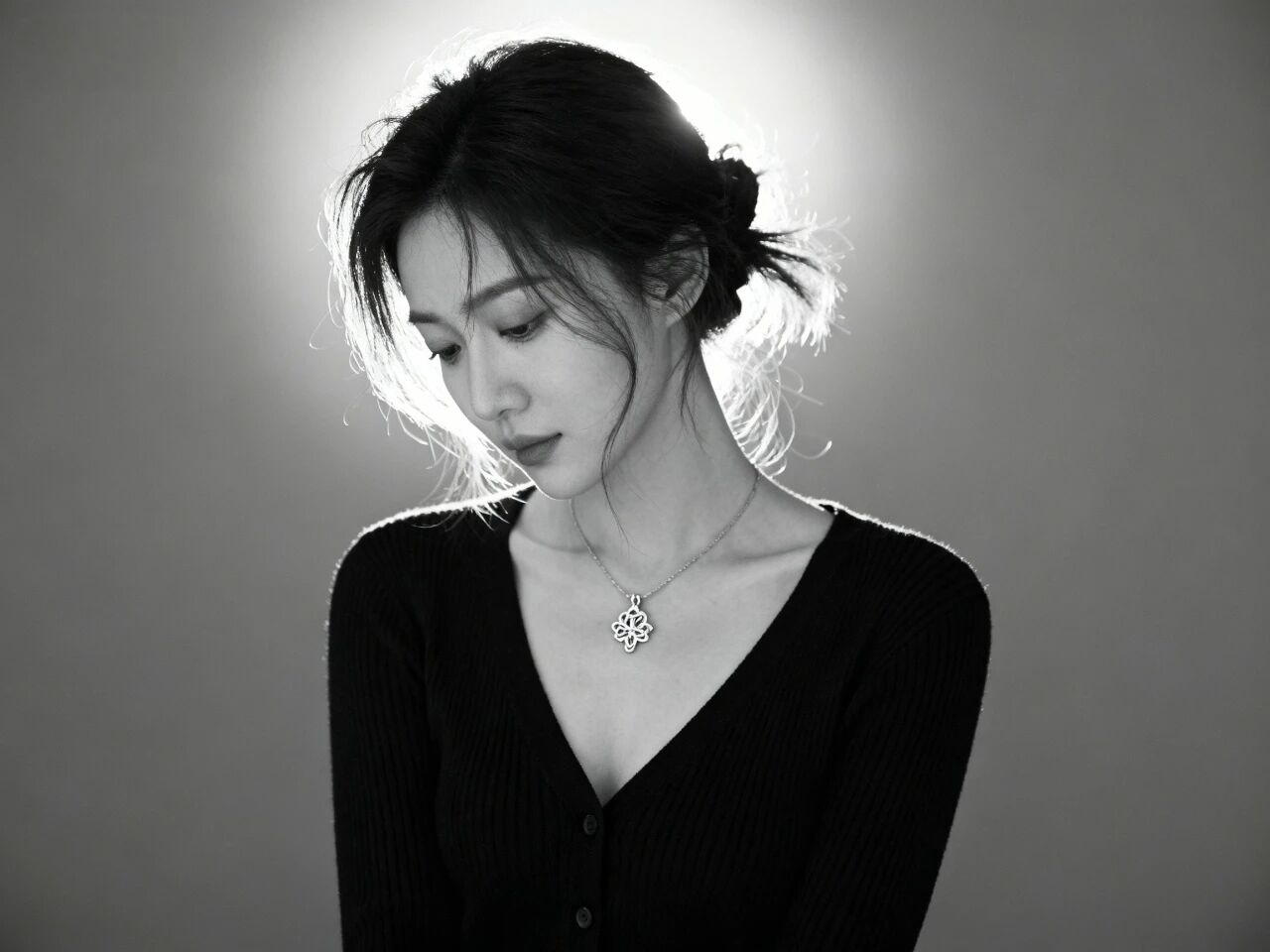Crossing the Uncanny Valley: The Demand for Digital Realism
The initial phase of AI image generation was fascinating but often fell into the "Uncanny Valley"—images that looked almost real, but were subtly unsettling due to awkward hands, glassy eyes, or distorted anatomy. Today, thanks to advanced models and sophisticated prompt engineering, the barrier to creating hyper-realistic human portraits has vanished.
Whether you're crafting a professional avatar, generating character art for a narrative, or simply exploring the future of photography, true photorealism is now achievable. However, it's not enough to simply ask for "a picture of a woman." The secret lies in treating the AI like a professional photographer—commanding specific camera settings, lighting, and textural details.
This guide dives deep into the prompt techniques that turn abstract digital creations into stunning, believable human faces.

The Foundation: Deconstructing the Atomic Prompt
To generate truly hyper-realistic portraits, you must break your request down into atomic elements, moving from the broad subject to the finest detail.
1. Defining the Subject and Action
Start with the basics, but be specific. General terms yield general results.
- Who: Specify age, gender, ethnicity, hair, and clothing.
Example: A 28-year-old Korean man with dark, slicked-back hair, wearing a white turtleneck sweater. - Expression/Pose: Direct the mood.
Example: ...looking directly into the camera with a subtle, confident smirk. - Setting: Provide context.
Example: ...in a dimly lit, minimalist cafe, rain streaks on the window behind him.
2. The Realism Engine: Photography Keywords
This is the most critical layer. AI models have been trained on millions of real-world photographs, meaning they understand professional photography terminology. Use this language to your advantage.
- Resolution: Insist on the highest quality.
Keywords: 8k resolution, UHD, ultra-detailed, photorealistic, cinematic shot. - Camera Gear (The Bokeh Secret): To achieve that shallow depth of field (where the background is blurred and the subject pops), you need lens specifications.
Keywords: Shot on Canon EOS R5, 85mm lens, f/1.4, shallow depth of field, natural film grain. (The low f-number like f/1.4 is key for that desirable background blur, or Bokeh). - Film Stock/Vibe: If you want a specific color or mood.
Keywords: Color-graded, cinematic lighting, style of Wes Anderson, Kodak Portra 400 film stock.
The Master's Touch: Lighting and Detail Control
Lighting and micro-details are what ultimately separate a good AI image from a hyper-realistic one that fools the eye.
3. Professional Lighting Cues
Flat, even lighting is the enemy of realism. Professional photographers use light to create shadow, dimension, and mood.
- Directional Light:
Keywords: Studio lighting, softbox, volumetric lighting, rim light (highlights edges), dramatic lighting, backlight, soft diffused natural light. - Atmospheric Light:
Keywords: Golden hour, morning sunlight, neon glow, blue-hour lighting.
4. The Micro-Texture Imperative
The Uncanny Valley often appears because AI skin and hair look too smooth, like plastic. You must command texture.
- Skin: This is where realism is won or lost.
Keywords: Subsurface scattering (makes skin look translucent and alive), visible pores, fine facial hair, sweat on forehead, subtle wrinkles, skin texture. - Hair: Demand individual strand definition.
Keywords: Individual strands of hair, wispy hairs, flyaways, high contrast between hair and background. - Eyes: The windows to the soul must be sharp.
Keywords: Sharp focus on the eyes, reflective catchlight in eyes, highly detailed iris.
The Refinement Stage: Avoiding the Pitfalls
Even with the perfect prompt, AI needs guidance on what not to do.
- The Negative Prompt: This is a list of things you instruct the AI to avoid. It is essential for human realism.
Standard Negative Keywords: mutated hands, extra fingers, cartoon, 3d render, messy, low quality, blurred, fused fingers, disfigured, poor anatomy, watermark. - Aspect Ratios: Stick to standard portrait photography ratios (e.g., 4:5 or 2:3) to frame the subject correctly and avoid awkward cropping.
Conclusion
Generating hyper-realistic AI portraits is less about complex software and more about Prompt Engineering. By adopting the language of professional photography—by specifying the lens, the f-stop, the directional light, and the micro-textures of the skin—you take control of the creative process. Experimentation is key; start by combining a few elements from the atomic prompt, iterate, and soon you will be creating digital human portraits indistinguishable from a master photographer's work.
Ready to create photorealistic portraits?
- AI Image Generator - Create studio-quality portraits instantly
- AI Parameters Guide - Master technical settings for perfect results
- Advanced AI Art Tips - Take your skills to the next level
100% free, unlimited generations, no login required. Transform into a digital portrait master today!
